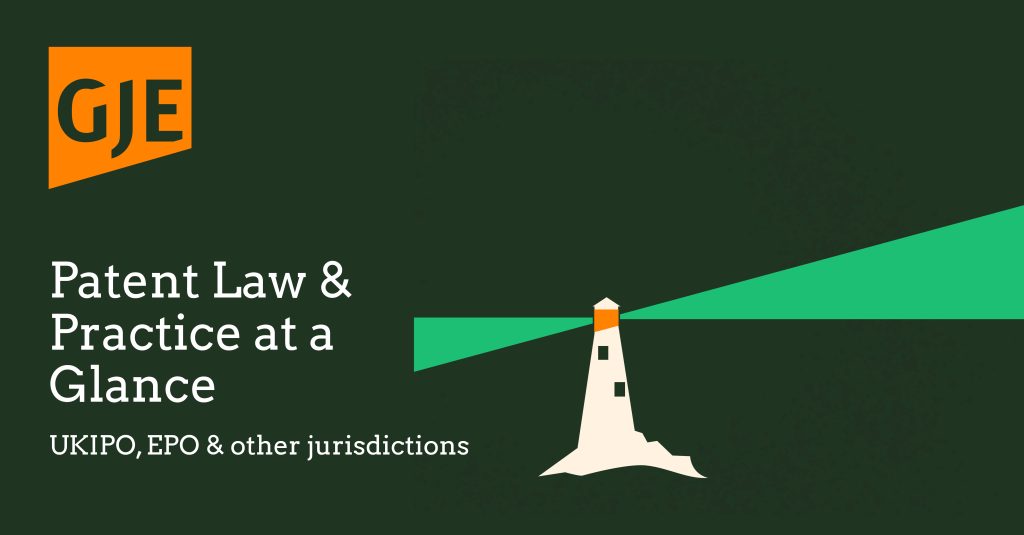There is a nine-month window in which anyone can oppose the grant of a European patent. If the opponent is successful, the patent can be limited to a scope that they can work around, or the patent can even be revoked entirely. Filing an opposition can therefore be an extremely valuable tool for those looking to clear the way for their commercial activities. Conversely, knowledge of how to mitigate the risks that these proceedings can pose is critical for patent proprietors. Although every case is different, what common themes might there be during oppositions in the chemical field in particular? Across a two-part series, Ash Earl discusses the possible areas of a chemical patent that could be exploited by an opponent, and why having a robust strategy with regards to experimental data is an invaluable resource for either side in opposition proceedings.
It is not uncommon for chemical patents to define an invention by way of its function, or by way of a parameter, such as the viscosity, density, or maybe even solubility of a composition. Patentees that choose to describe their invention in such ways can be rewarded by a broader scope of protection because their claims are not bound by more “structural” limitations. However there is a trade-off in doing so, as patentees risk exposing themselves to potentially fatal attacks against the validity of their patent during opposition proceedings.
One of the requirements of a European patent application is that it must disclose the invention in sufficient detail for it to be reproduced across the whole area that is claimed. For patentees that choose to define their invention in terms of a parameter or function, this means that they bear a much heavier burden to demonstrate that the invention can be reproduced across its scope, by showing that the claimed parameter or function can be repeatedly obtained without undue burden. In practice, this is often achieved in chemical patents by providing experimental data. Generally speaking, the larger the area defined by a parameter or function, the more examples are required to substantiate the claim. But, what kind of examples? What level of detail is needed? How “niche” is the parameter, or is it a parameter commonly referred to in the field? If these questions are not considered by the patentee, they risk obtaining a patent more vulnerable to attack in opposition proceedings.
This is not to say however that inventions defined in terms of a parameter or function can’t also be a thorn in the side of opponents. This is because once a European patent has been granted, the onus of proof to show a lack of reproducibility usually lies with an opponent. In order to succeed the opponent is usually required to substantiate their attack by evidence, which in practice normally involves generating experimental data. From the point of view of an opponent, the chances of successful revocation are significantly higher if they demonstrate, by way of experimental data, that it is not possible to achieve the claimed parameter or function across the entirety of the patent scope.
There are other areas where experimental data can prove useful to opponents. One requirement of a patent is that the invention it describes is new over the prior art. For inventions defined by way of a parameter, where the parameter is not explicitly disclosed in the prior art, the opponent can look to prove that the parameter inevitably existed in the prior art, in order to successfully attack the patent for lack of novelty. Again, this often requires generation of experimental data. But what considerations need to be borne in mind if the patentee used a niche parameter? What if the patentee used an unusual method to measure a parameter? And how do you show that the parameter is always and inevitably present in the prior art?
The above is just the beginning of why having experimental data in your pocket can be an invaluable resource during opposition proceedings. But to capitalise on this resource, it’s important for attorneys and technical experts in the chemical field to collaborate to generate experimental data that can optimise the chance of successfully maintaining, or improving their company’s position in opposition proceedings at the European Patent Office.
Read part two here, where Ash Earl discusses in particular how experimental data can be used to maximise chances of success while assessing inventiveness during opposition proceedings.
